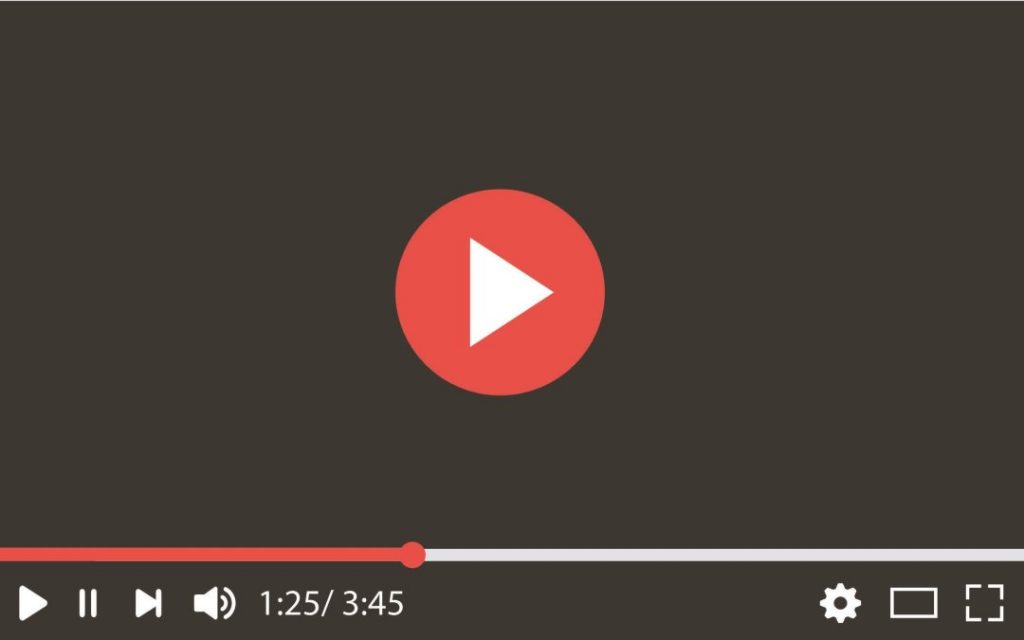Keeping track of your competitors’ social media activities is imperative for your school brand survival and for the proper curation of your own social media content. If social media is a strong component of your overall school marketing strategy, competitor analysis is a must-have tool in your marketing toolkit.
There is a whole range of competitor analysis tools available to help you monitor and analyse what your competitors are up to and determine how your activity stacks up.
- Rival IQ allows you to compare your brand to your competitors through social channels, engagement, keyword rankings and audience growth. You can customise your dashboard to receive alerts and monitor the analytics of key competitors that you have identified.
- Social Blade uses social statistics to rank similar brands based on engagement. This tool is particularly useful if video forms a large part of your social strategy. It tracks statistics for YouTube, Twitch, Twitter and Instagram.
- Keyhole gives you access to metrics for any brand, hashtag or keyword. You’ll find analytics on top posts, sentiment, demographics and successful channels.
A successful social media presence depends on timely, relevant content and responsiveness. These tools allow you to track social media analytics and trends in real-time, allowing you to keep on top of your own social brand but also of your competitors’. It’s a distinct advantage.
A competitor analysis also helps you to make informed decisions about your school’s social content and approach to social media. Here are the ways you can reap results from your social media competitor analytics:
- Keyword rankings
Are you ranking for your targeted keywords? How do you stack up against your competitors? If you’re falling short, review your approach to SEO. Here are a few tips to get you started:- Audit your online content and ensure you’re optimising your keywords.
- If some keywords aren’t working for you, look at other ways of phrasing content that will allow you to get found for certain topics.
- Make sure your content includes inbound and outbound links for certain topics.
- Are there keywords that your competitors are owning? Include these in your own content strategy.
- Engagement vs number of posts
Basically, you should be aiming for a high level of engagement for a relatively small amount of posts. Some of your competitors might be frequent posters, but are all of these posts getting traction? It is absolutely vital to monitor your school social engagement so that you can make informed decisions about the type of content your audience reacts with. If your competitors are consistently achieving high engagement levels, be sure to check out what type of posts are most popular and then replicate those in your own social content. - Hashtags
Monitor trending hashtags and ensure you incorporate these into your content. Don’t use hashtags for the sake of it. Make sure you look into each hashtag before you use it and do this every time as social trends change quickly! - Channels
Should your school have a presence on any channels? Where are your competitors? What are they doing on each of these channels? Make sure you examine the type of content your competitors are sharing on each channel to determine any emerging trends or gaps in your own approach to content. - Demographics
Comparing likes, shares and mentions are really just superficial metrics. They don’t give you any real understanding of your audience. Some tools such as Netbase can provide you with insightful information about how your demographic feels about your brand. With this information, you can plan your content to address their specific pain points and enhance their experience with your school brand.
Learn how to monitor your competition closely on social media so that you may be able to craft your school brand and refine your school marketing.
Click here to read this article on imageseven website.






